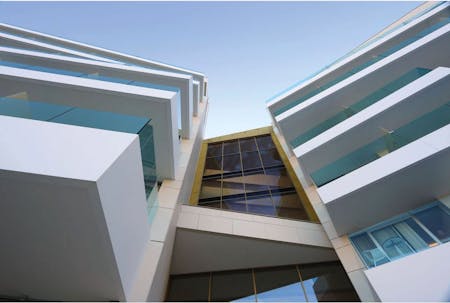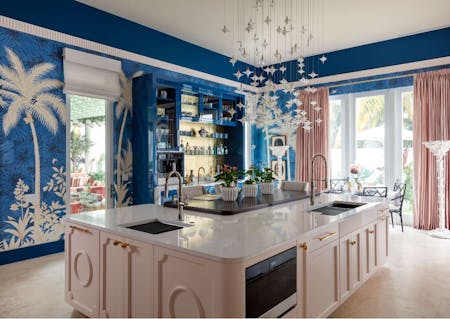4 key aspects to design your kitchen with ECO materials
During the last years, the environmental and sustainable awareness have set foot in our lives: we recycle, we reuse biodegradable materials and we try to avoid using contaminants, harmful gases; both for our health and the survival of the planet.
Even within the interior design sector, ecological architecture takes position to show us how to design in a sustainable and environmental friendly way and also to create green kitchens. Taking care of the environment to avoid the global warming and reduce the emissions that generate the greenhouse effect is not impossible when opting for an avant-garde design. In most of the cases, ecological architecture becomes the best decorative alternative, modern and functional, on top of the latest trends.
Here are essential elements to design your kitchen with eco-friendly materials:
1-The Philosophy of the 3 R’s
The essential aspects for eco-friendly design are based on the use, also applicable in the interior design world, of the philosophy of the 3 R’s: recycle, reduce and reuse. Not only using organic and natural decorative elements, you should use eco-friendly furniture and materials made of raw materials coming from verified manufactures or from 100% recycled and recyclable materials if you want to design a sustainable kitchen
2-Contaminant-free and eco-friendly furniture
To design an ecological kitchen, you have to avoid contaminants and dangerous materials such as asbestos, chromium, mercury and lead, among others. Eco-friendly furniture, not necessary only made of wood, don’t contain this kind of materials, avoiding loss of the biodiversity and uncontrolled and illegal logging of trees. If you then opt for wood furniture, bear in mind that they came from controlled plantations.
Also consider furniture made of bamboo, which has become one of the most sought after option for manufacturing cabinets for sustainable kitchens; this is because the properties offered by this material such as durability, resistance, growth rate and easy maintenance and cleaning.
3-Sustainable Worktops
The design of your kitchen starts with your countertop and selecting an ecological surface. Take a look at Eco Line Silestone collection made at least of 50% of recycled material such as porcelain, glass, mirror, porcelain stoneware and vitreous ash. The manufacturing process of Silestone’s Eco Collection, made of quartz and silica, is also unique in the industry because it reduces the emission of toxic gases, the use of natural sources of water and deforestation. Discover the 7 shades available, from soft tones, White Diamond, Luna to medium ones, Cream Stone, Forest Snow and Red Pine and the dark tones, Riverbed and Iron Ore, perfect for any kind of kitchen whatever its style: traditional, classic, rustic, Scandinavian or modern. Do you know that if you choose a Silestone’s countertop you will be able to integrate a sink made from the same material by choosing Integrity: the sink which offers uniformity without any joints?
4-Energy-efficient household appliances
Have you ever thought that your fridge can account for up to 19% of your energy consumption bill? Energy-saving and sustainability are two closely tied concepts, not only within market trends, but also in the law that regulates them. Thus, if you want your dream kitchen to be designed following ecological architecture principles, always opt for household appliances which have low energy consumption.
My Perfect Kitchen tips: great advices to save energy in your kitchen:
- You will consume less energy if you cover pressure pots and pans.
- If you have an electric kitchen, collect the residual heat and turn it off five minutes before finishing.
- Avoid opening the oven door unnecessarily. Each time that you do so, it loses up to 20% of the heat that has been generated.
- Ensure that the back of the fridge is always clean (you will reduce the consumption by up to 15%).
- Maintain a proper temperature in the fridge, each lower degree means an increase of 5% consumption.
- Do not put hot food in the fridge, you will save energy.
- Do not lose the old air accumulated:
- Open the fridge’s door only when necessary and close it as soon as possible.
- Use the dishwasher only once full, if you need to turn it on sooner, choose economic programmes. Take into account that you use more water washing by hand then by using the dishwasher.
- Try to wash your cloths using low temperature programmes; a 60º washing consumes half of the power than a 90º one.
- Use liquid detergents and keep the washing machine filter clean.
Following these simple steps you will be able to design your dream kitchen more ecological, sustainable and efficient, thus enjoying a healthier and eco-friendly world.








